Want To Improve Three Times Faster? This New Way Of Learning Could Be The Key To Unlocking Your Potential
Can you learn three times faster by hitting shots on a simulator rather than on grass? Carly Frost dons the traditionalist hat to question the man who believes you can
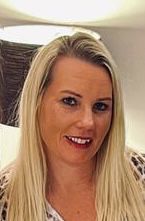
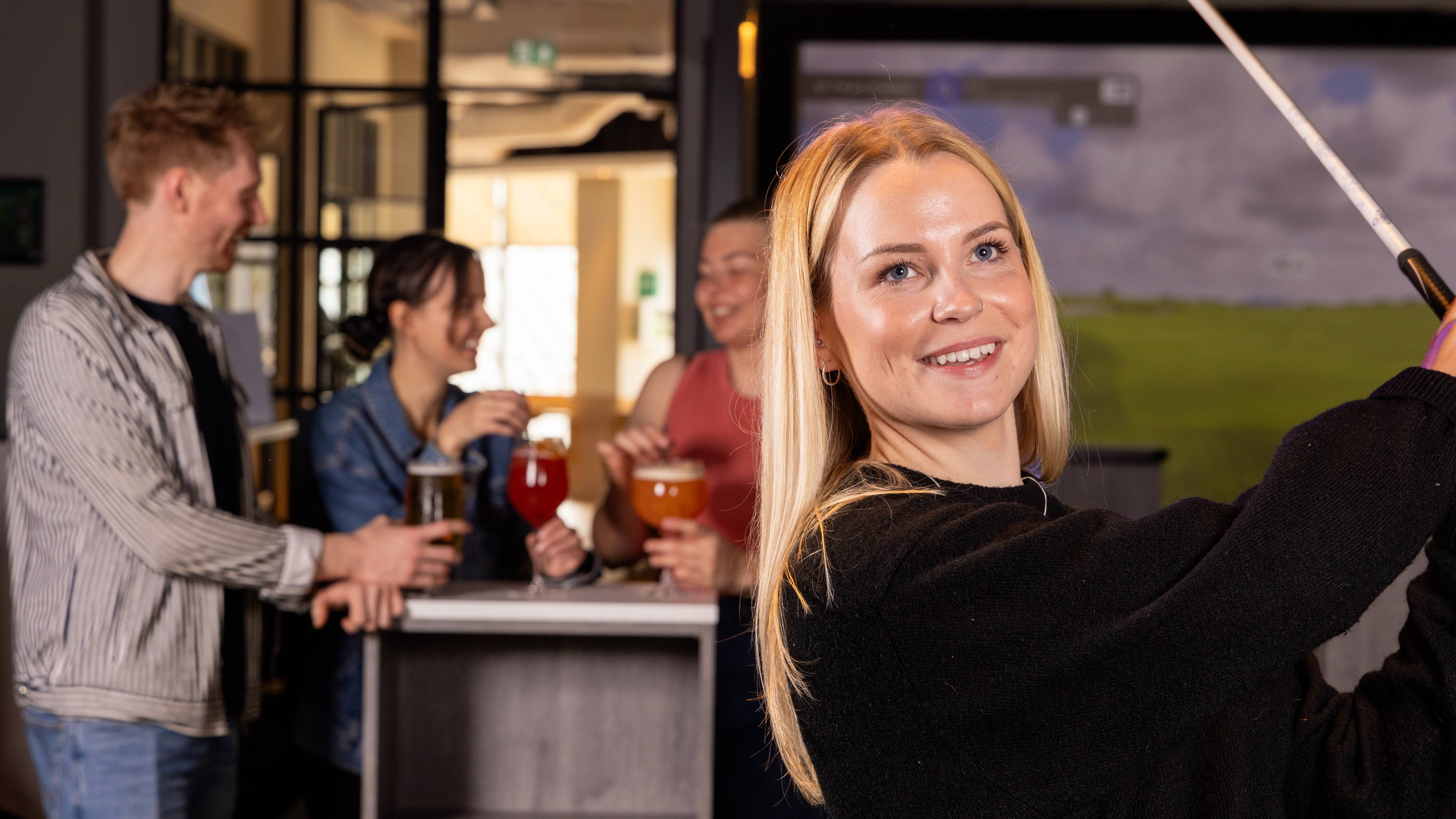
According to the Golf Impact report commissioned by the USGA in 2023, a third of all golf played in the US last year was done so exclusively on a simulator or at a driving range. That’s 12.5 million golfers. It’s a startlingly high number and one that actually took me by surprise. Literally millions of golfers are never stepping foot on a 'real' golf course!
Richard Harrison, Managing Director at The Golf Groove, a new indoor golf venue in Wimbledon, believes the simulator environment is the best way to learn and has witnessed dramatic improvement in the golfers who come through the doors of The Golf Groove in a relatively short space of time.
Logical Learning
“We all learn in different ways and data is one part of the jigsaw,” explains Harrison. “It is undoubtedly a head start in the learning process. Golf is complex, messy, fickle, unloving and a mystery, so applying data-proven logic makes sense.
Naturally, at The Golf Groove, we draw a lot of data-driven learners, but I have also spent my career on green grass coaching tees with no tech - so I have put my money, and that of investors, where my beliefs are. Tech is best.”
Harrison says that the customers who come through The Golf Groove’s doors improve their technique and lower their scores three-times faster than he ever witnessed in his many years of being a club professional at traditional venues like the Roehampton club. “We can show you things we can’t show you outdoors. It’s clear, quick and easy. Logical learning.”
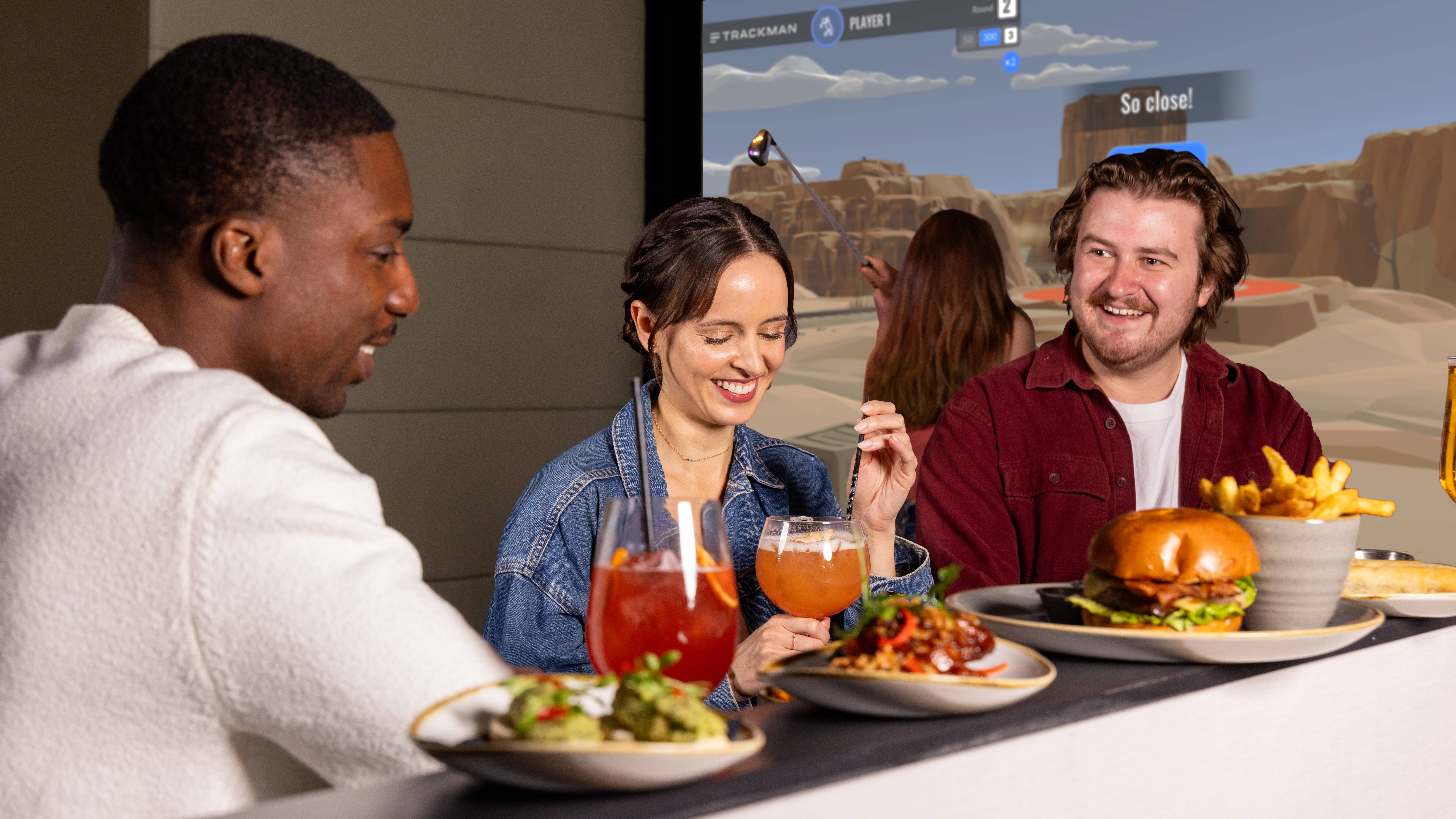
SIM-Scratch Versus Club Scratch
Harrison points to the added benefits of attracting newcomers to the game who otherwise wouldn’t have had the time or the inclination to try it in its traditional slower format, particularly those with busy corporate jobs, women with children, families with kids, many of whom he has seen go from their very first hit of a golf ball to a low single figure SIM handicap in just a year by virtue of learning exclusively indoors at the Golf Groove using tech.
But surely these so-called SIM-scratch handicappers won’t be able to step foot out onto a real golf course with the same skill as a traditional club player?
Inclusivity
“Our goal is to make golf as inclusive as possible and give people the opportunity to enjoy the game. Golf takes many different formats and ours is just one of them. The green grass challenge is clearly very different and will always have its place.
Subscribe to the Golf Monthly newsletter to stay up to date with all the latest tour news, equipment news, reviews, head-to-heads and buyer’s guides from our team of experienced experts.
"Outdoors you have to cope with first tee exposure, slow play (normally golfers with their hands on hips huffing and puffing!), wind, course conditioning…the list goes on,” admits Harrison. “But I can tell you with certainty that players moving from sim to green grass are simply more prepared and knowledgeable from a data base, as they play a game which is a science-based art.”
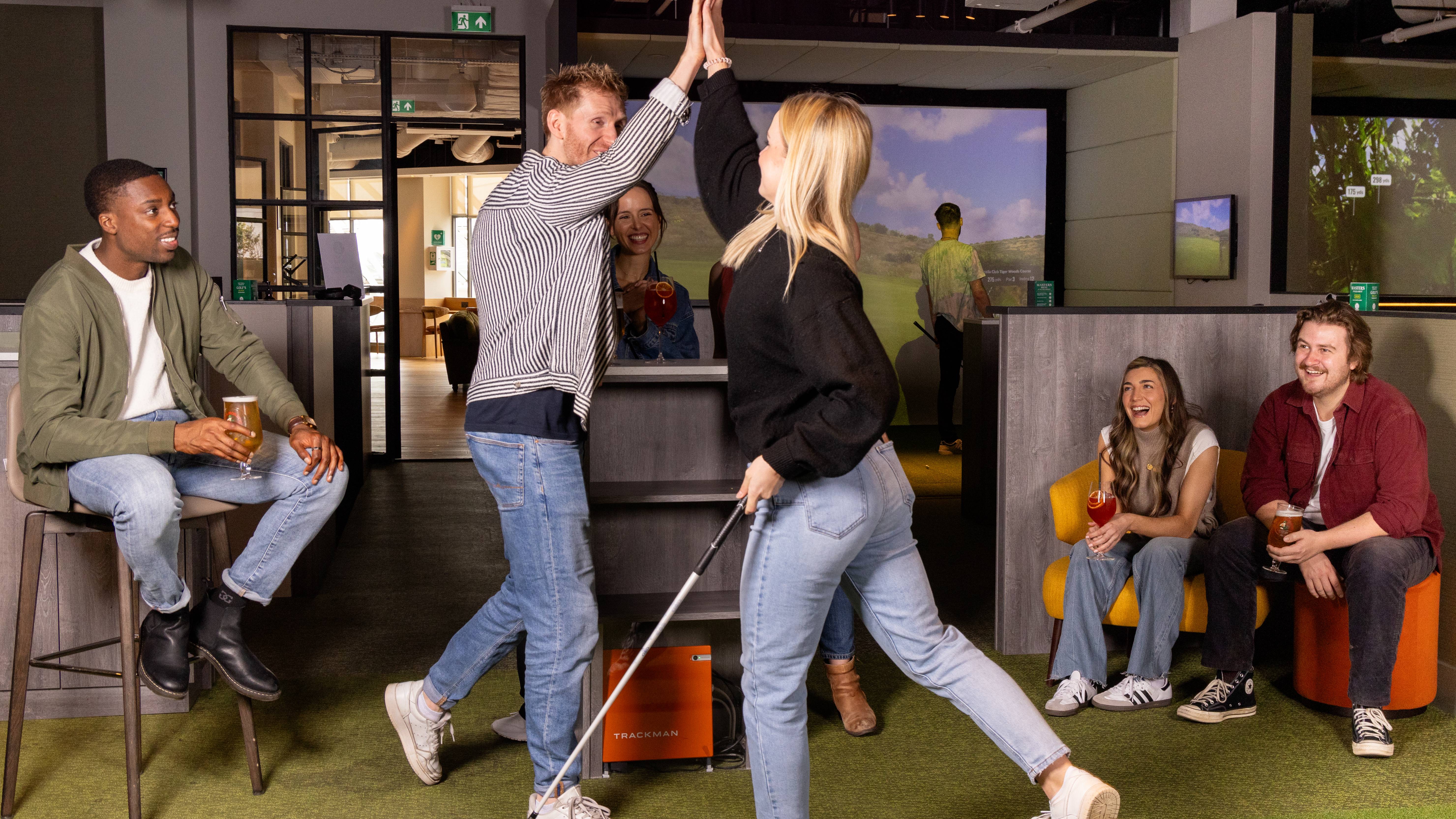
The SIM Golf Secret
It’s a convincing sales pitch for taking a series of lessons at the Golf Groove but as a lover of the outdoors I can’t help but feel that those exclusive SIM-play golfers will be missing out on what the true essence of the game is about.
It’s about the health benefits of walking 9 or 18-holes in the fresh air with your friends, taking in the beautiful course scenery. It’s about feeling the turf under your toes, the wind on your face, the vitamin D from the sunshine, the refreshing splatter of rain and the chill of your breath on a crisp winter’s morning.
It’s also the exhilaration of getting to watch your tee shot fly high in the sky, the excitement of a chip into the hole, the thrill as a long putt for birdie drops. It’s also about learning how to strike the turf and take a divot, gauge a putt across a sloping green, play a bump and run along an undulating fairway approach, hack a ball out of the rough, splash the sand and ball out of a bunker…and so much more.
There’s simply no way, in my view, that you can replicate any of these “real” golf sensations off an artificial grass mat indoors. Yet Harrison insists that the skills learned at The Golf Groove will enable you to become better, faster.
“We recently hosted the Surrey County Ladies at The Golf Groove for a team-building session and to begin with they were as sceptical as you,” Harrison admits. “As a group of talented players whose main interaction with the game is outdoors or on a driving range, we showed them the benefits of SIM golf. The clarity of the data, how easily and effectively it could allow them to work on their swing technique and they were converted."
The Modern Approach
Nearly all of the world’s best players use ball flight data as part of their continuous feedback and improvement. If you don’t know your numbers it’s a disadvantage. Without a doubt, for the next generation playing SIM golf will be part of the norm. If you want to compete at the highest level of the game you’ll need technology to help you improve.”
Harrison has a serious point. Virtually all of the young talented elite players I see coming up through county squads are familiar with tech, most even have apps on their phones, and measure themselves using it.
The modern pupil thrives on data as it makes learning easier. They trust the numbers explicitly and that gives them a logical approach to learning. The game improvement process becomes clearer because the data leads them to making swing changes based on reason, not feelings, online tips or advice from their mates.
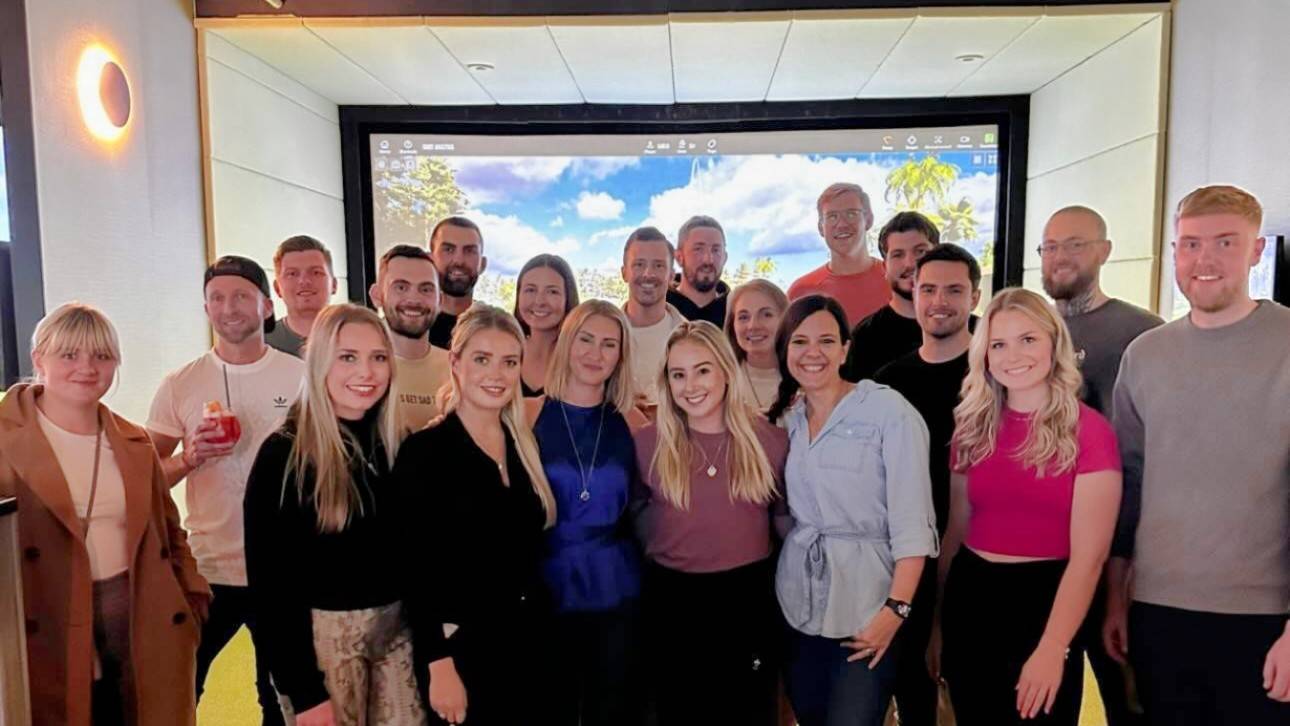
Data-Driven Learning
Personally, I’ve always struggled with seeing my golf swing and I don’t think I’m alone in admitting that it has negatively impacted my perception of my game over the years. Maybe that’s because when I was a beginner, 30 years ago, tech was in its infancy.
I became a player who relied heavily on feel instead, learning skills like shot-shaping and ball flight control by seeing the ball fly, attempting different shots, altering my set-up with experimentation and seeing the outcome of the shot. But I’m also the first to admit that if I had had a technically better golf swing then I might have considered pursuing a career as a player, as opposed to writer, in this great game.
“Many of our women learner golfers are very data-driven because of their education and careers in data-led jobs like finance, tech and engineering,” Harrison points out. “They know Nelly Korda’s numbers because we reference them. With regard to how this creates a better player, we have experience of golfers starting as a 20 handicap on the SIM who are now SIM scratch. That breeds confidence - golf's most fragile flower!”
Converting The 'Techno-Phobes'
Harrison has been a PGA professional for three decades and admits that even he, at first, was reluctant to embrace SIM golf but that it’s a part of the changing golf landscape, as the game grows and evolves.
“Some people will always be intimidated by data,” Harrison concludes. “To them, the numbers are perplexing and intimidating. I call them the happy hackers! They play for pleasure, fresh air, companionship and a walk and I love them for it. Coming to us and hitting shots in the simulator on the TrackMan you’ll have the full range of club and ball data — more than 40 parameters — on every shot in your arsenal. You’ll gain deeper insight into your strengths and where you can improve. And you’ll be able to make changes fast.” It’s hard to argue with that.
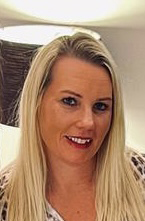
Carly Frost is one of the golf industry’s best-known female writers, having worked for golf magazines for over 20 years. As a consistent three-handicapper who plays competitive club golf at Parkstone and the Isle of Purbeck courses in Dorset every week, Carly is well-versed in what lady golfers love. Her passion for golf and skill at writing combine to give her an unbeatable insight into the ladies game.
Carly’s role at Golf Monthly is to help deliver thorough and accurate ladies equipment reviews, buying advice and comparisons to help you find exactly what you are looking for. So whether it’s the latest driver, set of irons, golf ball, pair of shoes or even an outfit, Carly will help you decide what to buy. Over the years she has been fortunate to play some of the greatest courses in the world, ranking Sea Island, Georgia, USA, among her favourite golf resorts. Carly's aptly-named son Hogan is already hitting the ball as far as mum and will undoubtedly be a name to watch out for in the future.
Carly is a keen competitor and her list of golfing achievements are vast. She is a former winner of the South West of England Ladies Intermediate Championship, a three-time winner of the European Media Masters and she once beat an entire start-sheet of men to the title of Times Corporate World Golf Champion. She has played for both the Dorset and Surrey County Ladies first teams and is known for her excellent track record at matchplay.
Carly holds the ladies course record (68) at her home club Parkstone and her lowest competition round (seven-under-par 65) was carded in the pro-am of the Irish Ladies Open at Killeen Castle, playing alongside Solheim Cup superstar Anna Nordqvist. Although her current handicap index has crept up to 3.7 since Covid she has her sights firmly set on achieving that elusive scratch handicap and hopefully playing for her country when she’s 50.
Carly’s current What's In The Bag?
Driver: Callaway Epic Max, 10.5°
Fairway wood: TaylorMade SIM2, 15°
Hybrids: Titleist TS2, 19°, 21°, 24°
Irons: Mizuno JPX900, 5-PW
Wedges: Cleveland RTX, 52°, 56° and 58°
Putter: Scotty Cameron Futura X5
Ball: 2021 Callaway Ladies SuperSoft